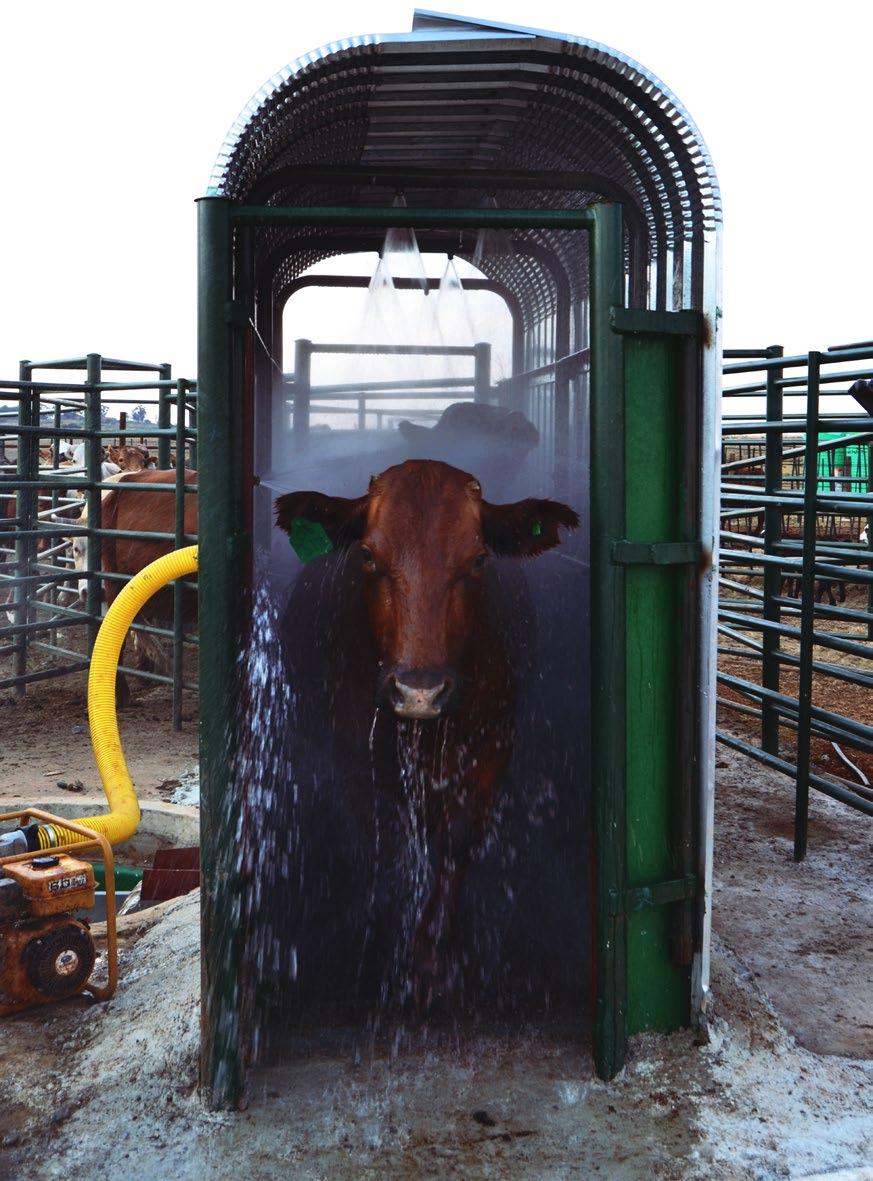
6 minute read
How to handle your beef cattle Part 7: Dipping
from ProAgri BNZ 08
by ProAgri
A spray dip or spray race.
Parasites such as ticks and lice can cause a lot of damage. To keep the vet bills low it is of utmost importance to dip or spray your cattle in time. This is the seventh part in our beef cattle handling series and this month we look at everything around dipping.
Advertisement
Dipping facilities
Many cattle diseases are transmitted by ticks and in cases of a serious infection, anaemia can follow. The most effective method of controlling ticks is to dip the animals regularly. The following dipping methods and facilities, or combinations thereof, can be used:
• Spray dip • Immersion dipping • Pour-on remedies • Hand spray or tractor spray
The basic requirements to which any dip must comply, are the following: • Large enough capacity • Must not waste dipping fluids • Must wet the animal thoroughly. • Must not have a slippery surface • The cattle must not be able to turn in the dip
Spray dip or spray race
A spray dip is a dip where cattle move through a passageway equipped with sprayers that apply the dip. Sprayers are arranged to thoroughly drench the animal. The dip then runs off and is collected in a pit, from where it is filtered and pumped through the sprayers again. Wetting by spray dip is generally not as thorough as that of the immersion dip. According to Nieuwoudt (1996), correct installation and good management are, however, the determining factors of a spray dip. An effective spray dip offers a number of benefits, such as: • A fresh mixture of dip is used for each dipping session, which means that the dip concentrate is always correct at the beginning of the dipping process. • It is possible to adapt the dip mixture immediately as soon as ticks begin to build up resistance to a certain type of dip.
A further advantage is that contamination in a spray dip is relatively low. As a result, the storing of proteins and the possible build-up of bacteria is not possible. Some farmers maintain that the anxiety factor of cattle in a spray dip is much less than in an immersion dip. This fact is important for feedlots and dairy complexes where anxiety definitely has an influence on the meat and milk production.
The disadvantages of the spray dip are that conventional sprayers become blocked easily if the dipping fluid is not kept clean. Some parts of the body, such as the belly, the anus, the tail and ears, may not be drenched thoroughly. A possible solution is to hang a wet bag or a piece of canvas at the entrance of the spray dip so that the cattle do not simply walk through, but move through slower and more carefully. In this way a better and more even wetting is ensured. White painted inner walls brighten the interior of the spray dip and lessens the anxiety factor in the animals.
Animals must drink water before they are dipped to prevent the dipping fluid from dripping into the water troughs after the dipping process. This contaminates the water that other animals have to drink.
Animals that are not used to the spray dip must first be taken through the dip two or three times with the sprayers turned off to help them get used to the dip. Transparent roof sheets brighten up the “tunnel”, improve the flow of cattle and prevent the unnecessary loss of dipping fluid
Regular maintenance on the spray dip system is necessary.
Immersion dip
With this method, cattle are completely immersed in a dip tank. The general wetting with this system is very good as a result of turbulence against the animal’s skin, which achieves a good penetration between the animal’s hair.
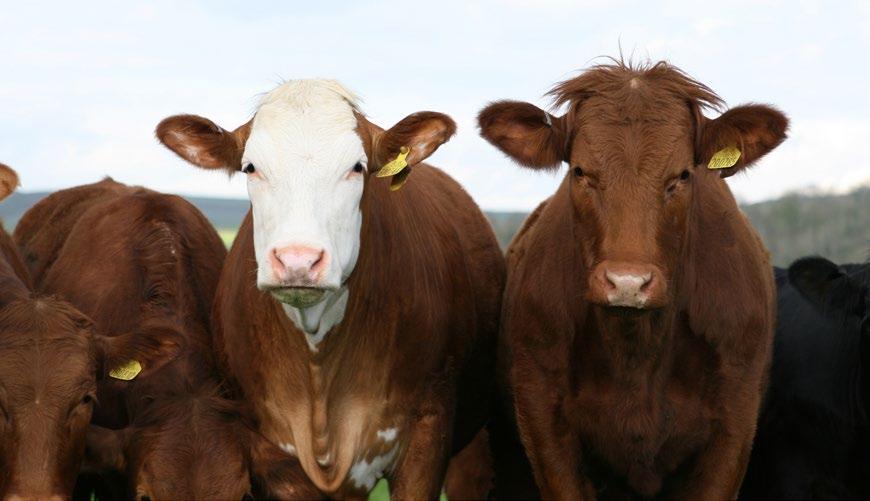
The immersion dip has a few disadvantages:
• The dip tank can crack and seepage of dipping fluid can occur. • The anxiety factor in cattle is reasonably high. • Gestating cows can abort if the entrance is not designed correctly. • Because of the use of a large volume of dipping fluid, it is unpractical, as well as uneconomical to make a new mixture every time dipping has to be done. Good control over the concentration of the dipping fluid is therefore very important. • Switching to a new dip mix is cumbersome and expensive.
Manual spraying
Cattle are sprayed with dipping fluid in a crush. This process is done manually and gives a good level of tick control. It takes a lot of time, however, and is unpractical for large herds. Installation and running costs are relatively low.
Dipping fluids (systemic)
The tendency to use systemic remedies is becoming more popular. The fluid is applied to the animal’s skin in a limited quantity, from the head to the tail, along the spine. The oiliness of the skin and hair spreads the fluid over the rest of the body. Applicator fluids are quick and easy to apply, no special facilities are needed and no wastage of fluid takes place. This process has been mechanised over the years. A unit that applies the fluid is positioned in the crush. Applications are electronically controlled so that the dose is adapted to the mass of the animal. This is a timesaving method and is very popular in the feedlot industry. Good quality dipping fluid must however be used to prevent parasites from becoming immune to the remedies. These remedies are relatively expensive, but good results are obtained.
Hoof bath
A hoof bath serves a very good purpose, especially if it is used to wash mud and manure from the animals’ hoofs before allowing them into the dip. It is easier to clean the hoof bath than the sieve and sprayers of a spray dip, or cleaning an immersion dip. The floor of the hoof bath must be corrugated like corrugated zinc. It opens the hooves slightly, so that all the mud and manure trapped in the hooves are rinsed out. The drainage pipe must be installed in such a way that the hoof bath can be cleaned easily. with the dip facilities. The main purpose of these types of pens is to get some of the dipping fluid back into the tank after the dipping process. Two pens are recommended to ensure continuous flow of dipped cattle. While pen 1 is being filled with cattle, cattle are dripping in pen number 2. Approximately 2 m² of standing space per animal must be allowed. The floor must be made of concrete, with an incline for the dipping fluid to run back into the dip tank.
Other methods
Other methods can be used, especially to get rid of heart-water bearing ticks, namely: • Implanting substances behind the animal’s ear • Intravenous injection of antibiotics and vaccines

Next month we shall look at lifting equipment, artificial insemination, hay racks and handling pens. Visit www.arc. agric.za for more information.
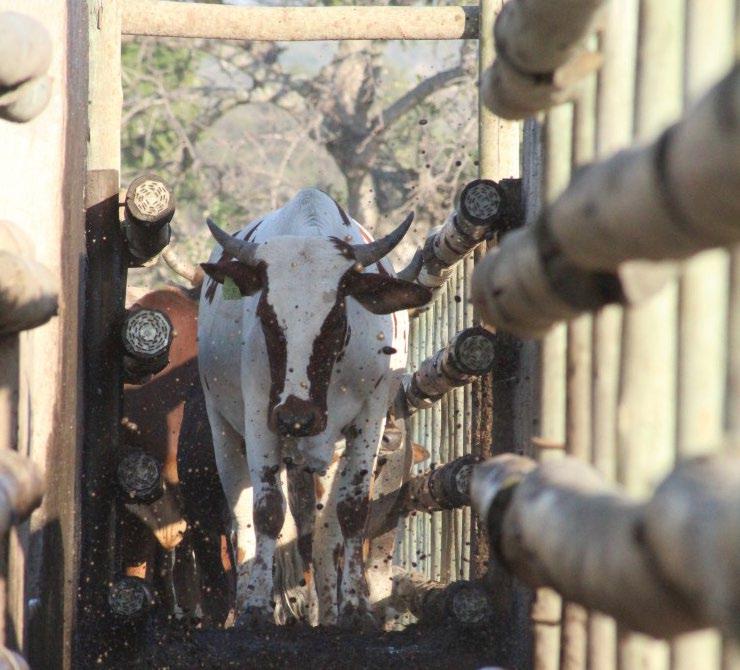
Published with acknowledgement to the ARC Agricultural Engineering for the use of their Beef Cattle Handling Manual.
NoseRing® Wean with ease | No stress | Next to the mother
NoseRing • Wean with ease • No stress • Next to the mother ®
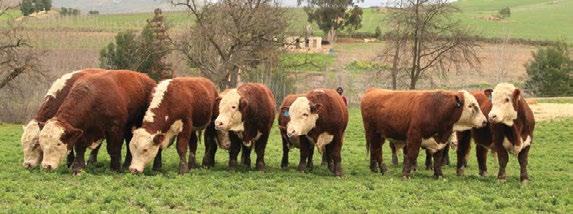
Whole Concepts cc
PO Box 1806, Vryburg,8600, South Africa Tel: +27 (0)53 927 4999 Cell: +27 (0)82 459 9451 E-mail: judy@nosering.co.za www.nosering.co.za Tel: +27 (0)53 927 4999 Cell: +27 (0)82 459 9451 judy@nosering.co.za
www.nosering.co.za
PO Box 1806, Vryburg, 8600, South Africa
The Strength to Weight Ratio Industry Leader
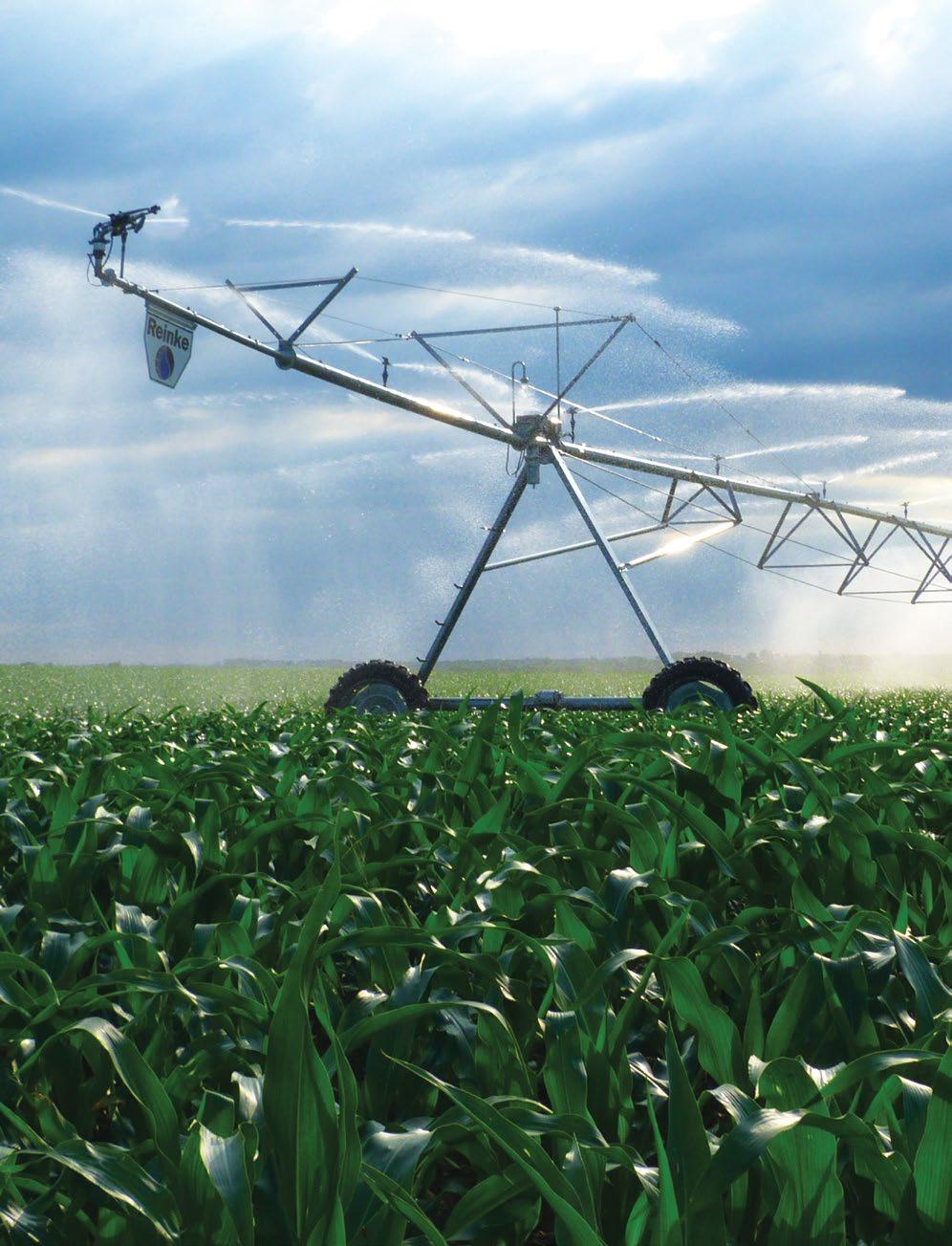
www.reinke.com















